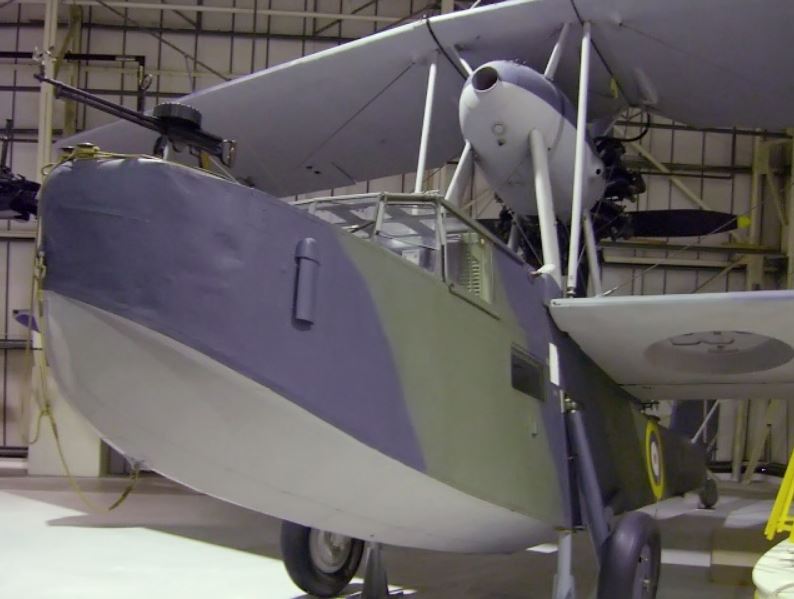Difference between revisions of "Supermarine Seagull V"
From Our Contribution
(→Squadron Personnel) |
(→Squadron Personnel) |
||
| Line 35: | Line 35: | ||
===Squadron Personnel=== | ===Squadron Personnel=== | ||
| − | ==== | + | ====11 Squadron==== |
*[[Alfred Ensor Hand]] Jul 1951 - 11 May 1954 | *[[Alfred Ensor Hand]] Jul 1951 - 11 May 1954 | ||
[[category:Aircraft]] | [[category:Aircraft]] | ||
Revision as of 17:30, 16 July 2020
Remarks
Originally known as the Supermarine Seagull V, it was developed in response to a RAAF request for an observation aircraft that could be catapult launched for Cruisers. The first RAAF aircraft was received in early 1936, and the last in 1937. Pre ww2 they conducted survey work, or served on HMAS warships Australia, Canberra, Sydney, Perth and Hobart.
General characteristics
- Crew: 4 - Pilot, Co-pilot, Navigator, Wireless operator.
- Length: 11.46m
- Wingspan: 13.97m
- Height: 4.65m on wheels
- Empty weight: 2,233 kg
- Max takeoff weight: 3,651 kg
- Powerplant: Pegas II M2 radial engine with pusher propeller
- Maximum speed: 217 km/h at 1,450m
- Range: 970 km
- Service ceiling: 5,600m
- Armament
- Guns: 2 x .303 Vickers K machine guns
- Bombs: 6 x 45 kg ; 2 x 110 kg ; 2 x 110 kg depth chares
Squadron Personnel
11 Squadron
- Alfred Ensor Hand Jul 1951 - 11 May 1954

